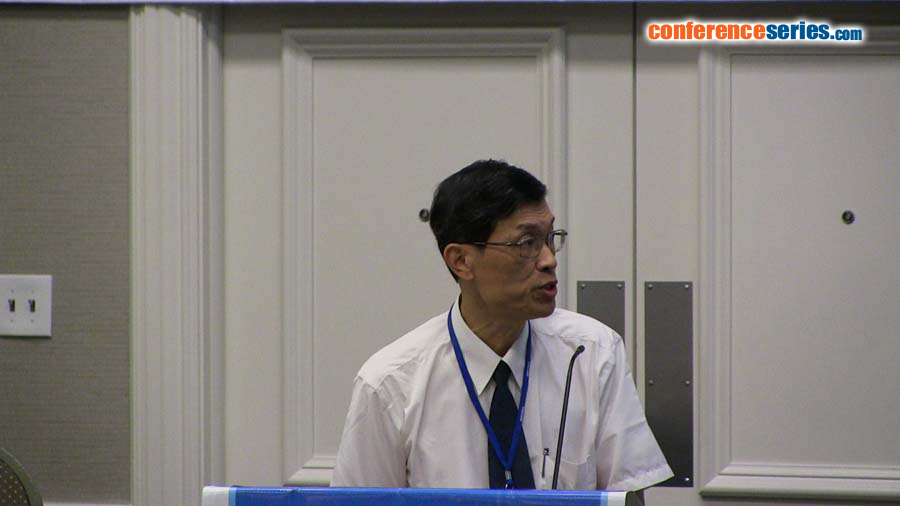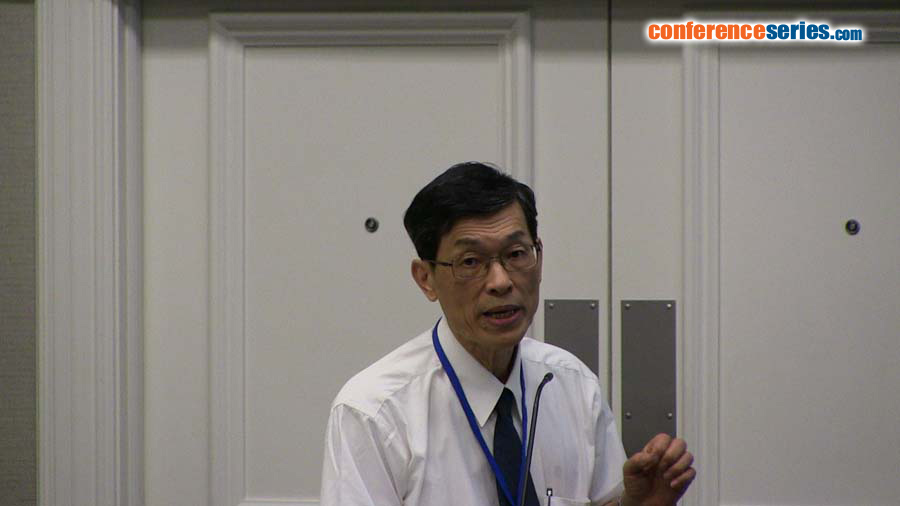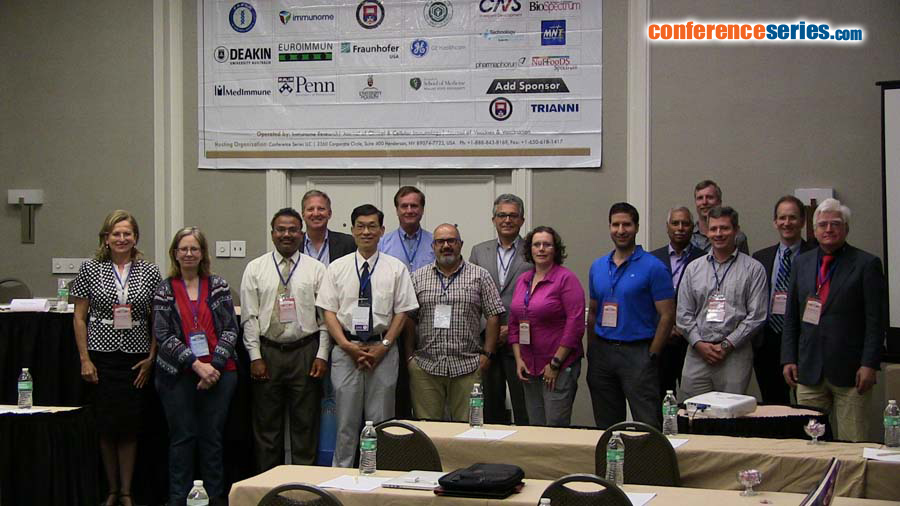
Yu-Chan Chao
Academia Sinica, Taiwan
Title: Display of Influenza Virus Hemagglutinin On Baculovirus Envelope for Antibody Production
Biography
Biography: Yu-Chan Chao
Abstract
Baculoviruses are a group of double-stranded DNA viruses that only infect invertebrates; specifically, lepidopteran insect larvae. They have been approved by many countries as beneficial microbial agents for eradicating insect pests and are also deemed safe for medical applications. Here, we used Autographa californica multiple nucleopolyhedrovirus (AcMNPV), a typical baculovirus as a tool to present the hemagglutinin (HA) of influenza virus onto baculovirus envelope, which we name HA-Bac, as an antigen to immunize mouse for the generation of antibody against hemagglutinin. Anchoring of HA onto the baculovirus envelope required the cytoplasmic domain (CTD) of GP64, a baculovirus envelope protein. HA-Bac can express a GP64-CTD-fused HA on the envelope of baculoviruses and insect cell membranes. Both HA-Bac and cell membrane-anchored HA protein were purified from HA-Bac-infected insect cells. Three mice per individual treatment were injected separately with purified HA, as either 0.06 or 30 μg/injection. In addition, a 1×109/shot of HA-Bac (containing 0.06 μg HA) was also applied to injected mice with or without adjuvant. We found that mice injected three times with 0.06 μg/shot purified HA could not generate detectable antibody but all of the 30 μg/shot HA and HA-Bac injected mice (with or without adjuvant) generated strong antibodies against hemagglutinin. These antibodies interacted with HA, as evidence by Western blot analysis and hemagglutination inhibition assays. The results of these experiments show that presentation of hemagglutinin on the envelope of baculovirus can serve as a convenient, easy-to-purify antigen for stimulating antibody production in animals.





